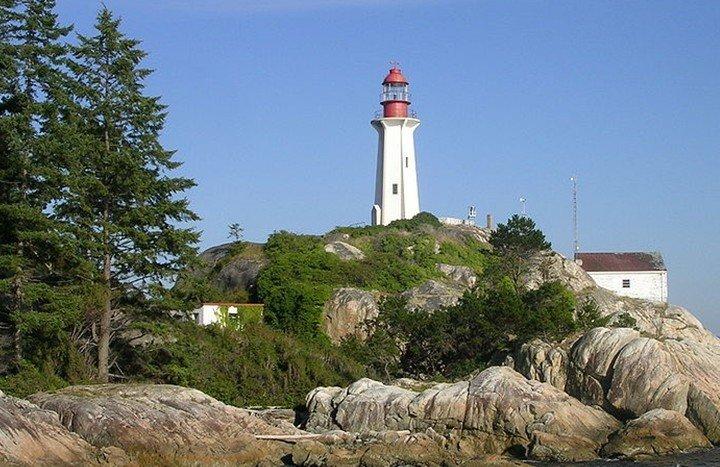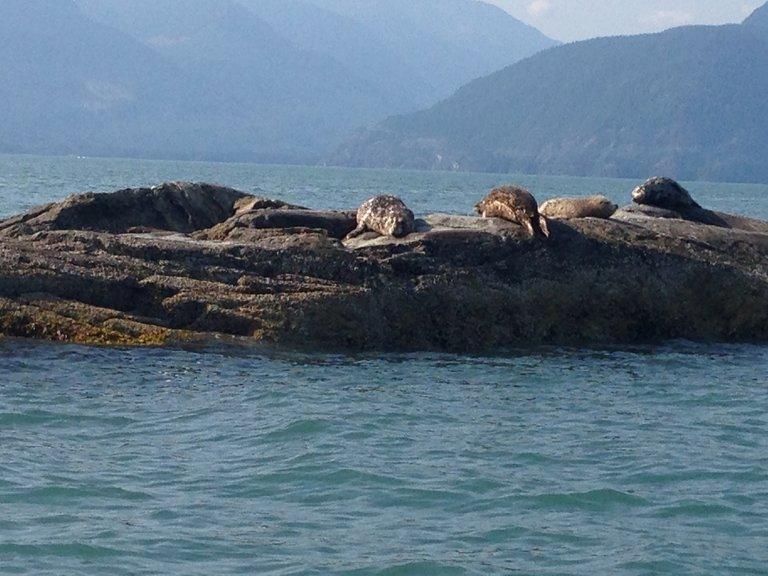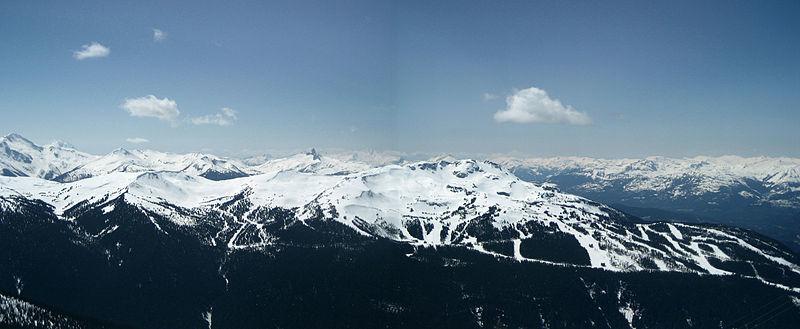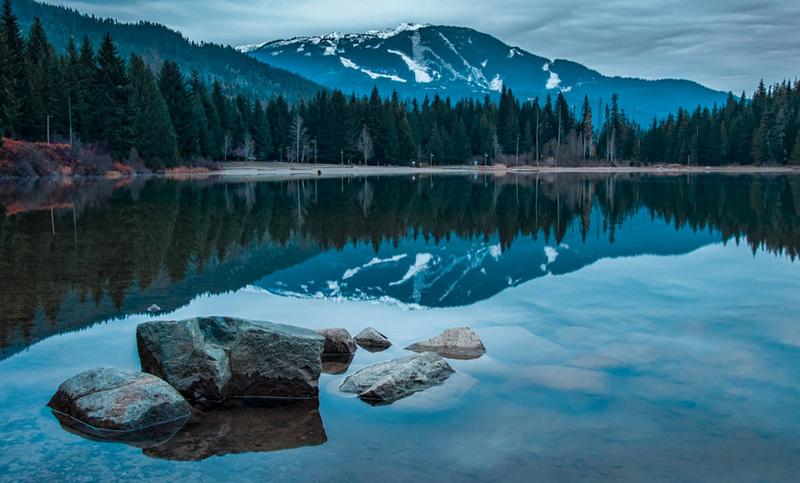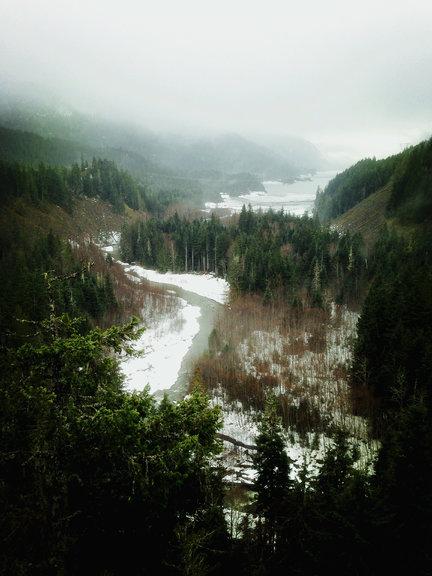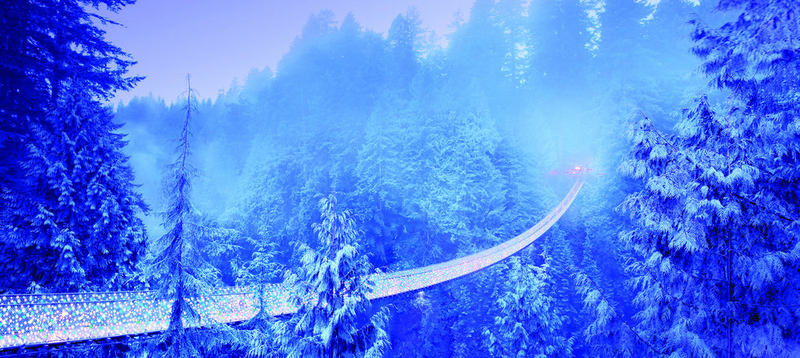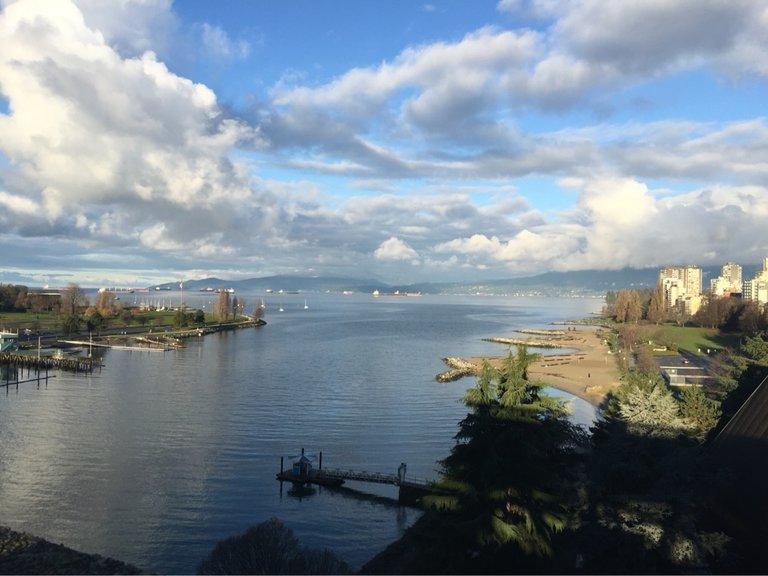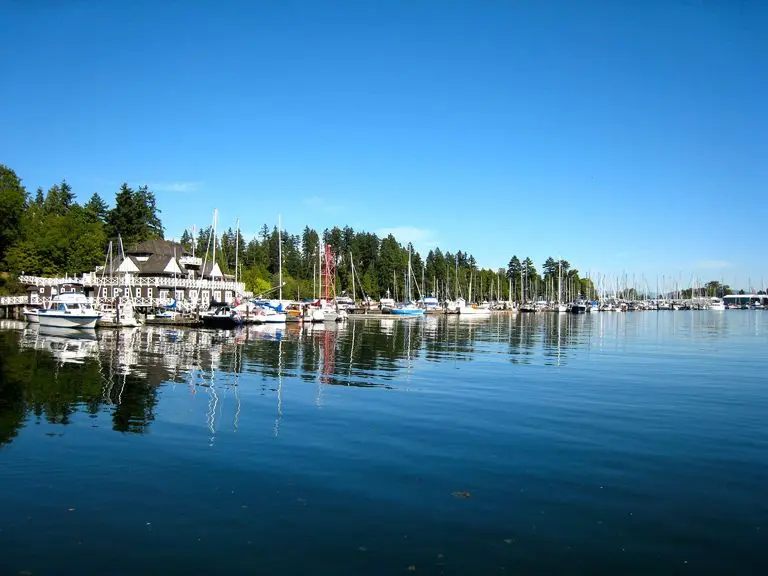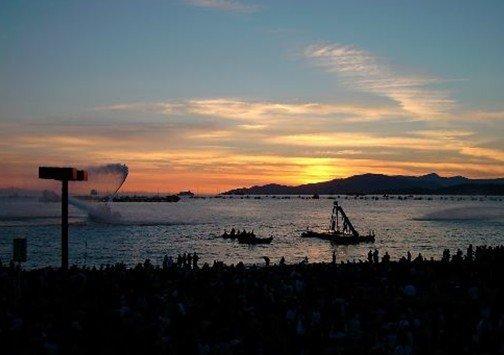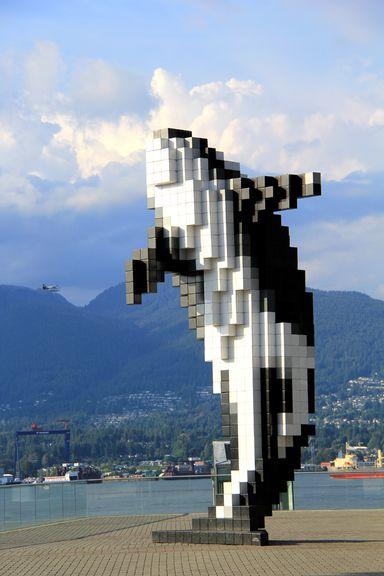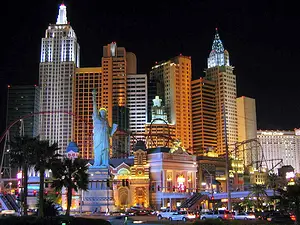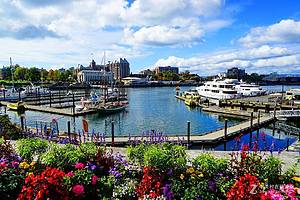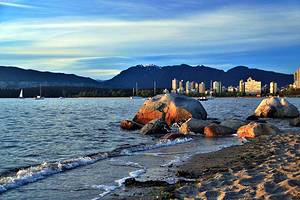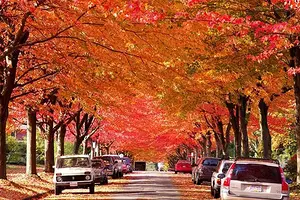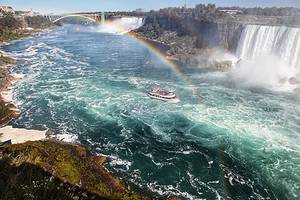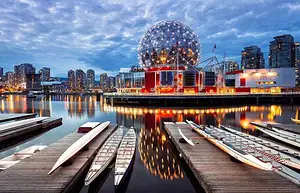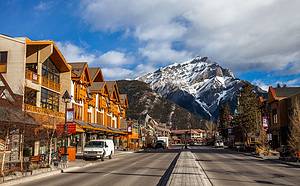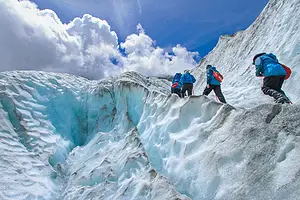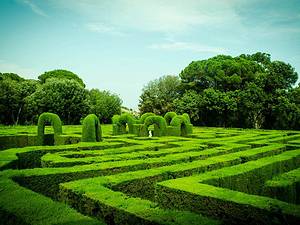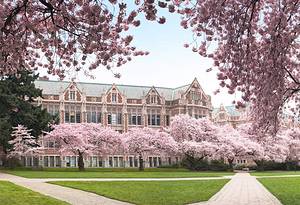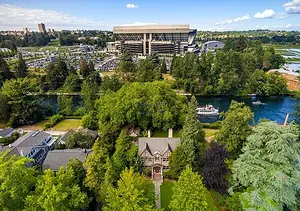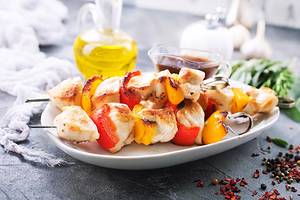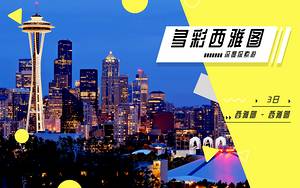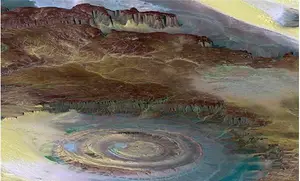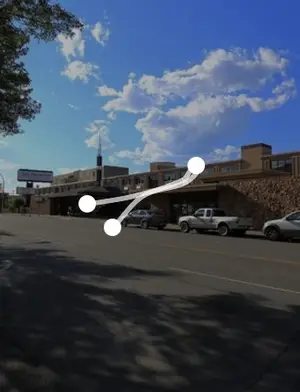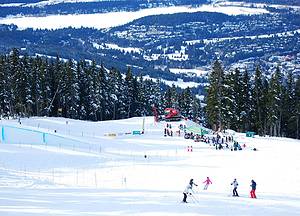The legendary self-driving route - Hainan Highway
3 cities |
13 attraction(s) |
total distance 82
km
 TIPS
TIPS
Day1
Day2
Day3
Day1: Vancouver > British Columbia
4 attraction(s) ·
48 km
1
Lighthouse Park in West Vancouver covers an area of 75 hectares. It features beautiful natural scenery and has a rich historical heritage. The lighthouse in the park was first built in 1874 and rebuilt in 1912. It is one of the oldest lighthouses on the west coast of Canada. The location of the lighthouse was named by George Vancouver, the first person to land here, and is known as Point Sound. The park is densely forested, with fresh air and high oxygen content, making it ideal for hiking.
8
km
2
Bedwell Bay is a small bay and community on the westernmost side of West Vancouver, British Columbia, Canada. It borders Howe Sound and is the western end of Highway 1 (also known as the Trans-Canada Highway) in British Columbia. Additionally, Highway 99 (also known as the Sea-to-Sky Highway) passes through Bedwell Bay from the east, leading north to Lions Bay and Whistler. There is Bedwell Bay Park near the ferry terminal for visitors to enjoy the scenery and relax.
10
km
3
Travel along BC-99 north from Stanley Park, first taking a stretch of Highway BC-1, then following the signs to continue north on BC-99. The scenery between Horseshoe Bay, BC and Squamish, BC is stunning. BC-99 Highway is nestled between fjords and mountains, offering breathtaking views.
Along the way, there are plenty of cafes where you can stop and enjoy a drink.
This route is perfect for a motorcycle road trip. Cycle BC in Vancouver and Victoria, BC have a wide selection of high-displacement motorcycles for rent. Make sure you have a valid motorcycle license and adhere to all traffic regulations, especially speed limits. On the road, you will encounter many fellow motorcycle riders who will greet you with a friendly wave. If you see an oncoming rider extending their left hand and waving up and down, they are warning you about police ahead, so please watch your speed.
31
km
4
Shannon Falls is the main attraction in Shannon Falls Provincial Park, covering an area of 87 hectares. There is a 350-meter easy hiking trail that runs through the western hemlock, Douglas fir, and western red cedar forests on both sides of Shannon Creek, all the way to the viewpoint. The viewpoint offers stunning views of the forest and mountains, making it a perfect spot for nature lovers who enjoy expansive landscapes.
Day2: Whistler
3 attraction(s) ·
23 km
1
Whistler Blackcomb Peak
Whistler Blackcomb is one of the largest and most renowned skiing areas in North America, covering an area of approximately 8,171 acres. It currently has over 200 ski runs, offering a diverse range of terrain including legendary steep slopes and powder-filled valleys, suitable for skiers of different skill levels. The resort has over 30 chairlifts, including the Peak 2 Peak Gondola, which holds the record for being the highest and longest unsupported cable car in the world.
2
km
2
Lost Lake is more suitable as a leisure destination than a tourist attraction. In summer, Lost Lake is lush and perfect for outdoor activities such as walking, jogging, and picnicking with family. It represents the high-quality environment of Canada with its beautiful lake and mountain views, tranquility, and preserved natural landscape. It is conveniently accessible by public transportation, with a bus ride from Whistler taking approximately 15 minutes.
21
km
3
Brandywine Falls is located on the Sea to Sky Highway (Highway 99) between Squamish and Whistler. It is a popular spot for hiking, picnicking, mountain climbing, and cycling.
Day3: Vancouver
6 attraction(s) ·
12 km
1
Capilano Suspension Bridge is located in North Vancouver, spanning 140 meters across Capilano River and a dense forest, with a height of about 70 meters. It was built in 1889 by Scottish engineer and real estate developer George Grant Mackay, who purchased 6,000 acres of land on both sides of Capilano River. With the help of local Indigenous people August Jack and Willie Khahtsahlano, the bridge was constructed using hemp ropes and thick wooden planks, connecting the two sides of the valley.
The bridge was originally known as the "laughing bridge" by the Indigenous people because the sound of the bridge swaying in the wind resembled laughter. Below the bridge, there are rushing cliff rocks and swift mountain streams, with towering straight fir and cedar trees on both sides, creating a natural and primitive scenery. There are also various experiential activities such as treetop adventure.
In addition to walking on the suspension bridge for a high-altitude view, the park itself is worth exploring. There are hiking trails for adventurous people to reconnect with nature, as well as many projects related to Indigenous culture, such as watching Indigenous performances, appreciating Indigenous totem poles, and visiting Indigenous cultural exhibitions. It is a place where culture and nature blend harmoniously. You can also participate in the adventurous Cliff Walk, walking along the cliff and enjoying the magnificent view of the valley from the rock-surrounded viewing platforms, which is perfect for outdoor enthusiasts.
5
km
2
The bridge was built in 1938 and is a major transportation route connecting West Vancouver and North Vancouver on the North Shore. It is also a landmark of Vancouver. Its name comes from the Twin Lions Mountains on the North Shore, and two lion statues were later added at the entrance on the south side, making the name even more fitting. During holidays or Vancouver Canucks hockey games, the lions often dress up or wear various flower garlands, adding to the picturesque scenery. There are dedicated lanes for bicycles and pedestrians to cross the bridge, allowing them to enjoy the stunning views of Vancouver and the Pacific.
2
km
3
This park is located in the bustling neighborhood of Vancouver. It features dense forests, spacious and serene lakes, and flocks of birds living in harmony with humans, making it an excellent place for jogging, cycling, rollerblading, or walking. In addition, there are various totem poles for visitors to admire. The park also has a miniature railway that stretches about 2 kilometers, passing through large forests and offering beautiful views along the way. During holidays, the small train is decorated with different themes.
3
km
4
English Bay Beach, also known as First Beach, is located near the West End and is a beautiful beach. It is a popular destination for locals and visitors in Vancouver. It is suitable for activities such as swimming, sunbathing, beach volleyball, and kayaking. English Bay hosts various events annually, such as the Summer Night Lights festival and the Polar Bear Swim in winter. It is also part of the seawall, perfect for a stroll, and offers stunning sunset views.
3
km
5
Canada Place is a landmark building in Vancouver, Canada. It was the Canadian Pavilion for the 1986 World Expo. The exterior of the building features five white sails, also known as the Five Sails. Visitors can enjoy watching performances and taking leisurely walks by the sea breeze.
1
km
6
Ranked as the fourth global fashion community in 2012, Gastown is a favorite among avant-garde fashion enthusiasts. It is the oldest neighborhood in Vancouver, with classical beautiful buildings and trendy, creative shops. It offers the hottest nightclubs, modern-style restaurants, bars popular among young people, and stores loved by trendsetters. The combination of historical grandeur and modern trends adds a unique color to this community. One of the most famous attractions here is a steam clock, which operates through a complex system and chimes on the hour using steam power.
